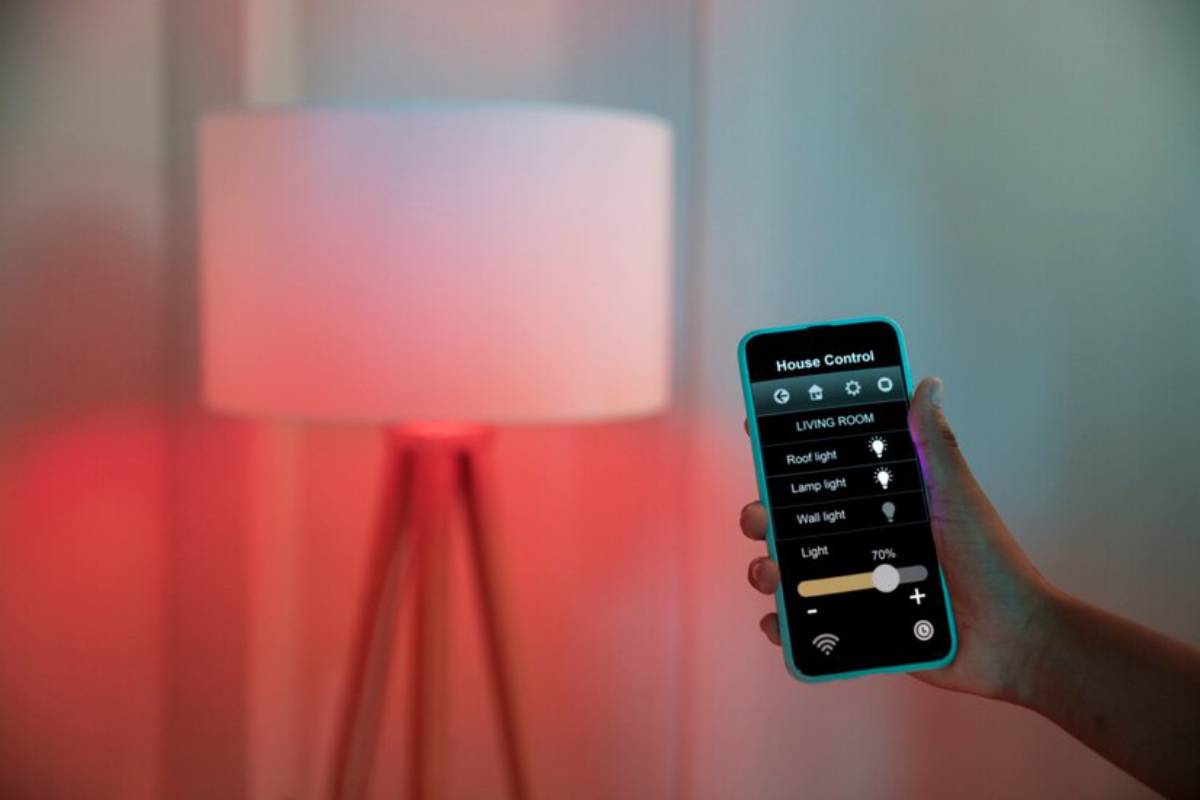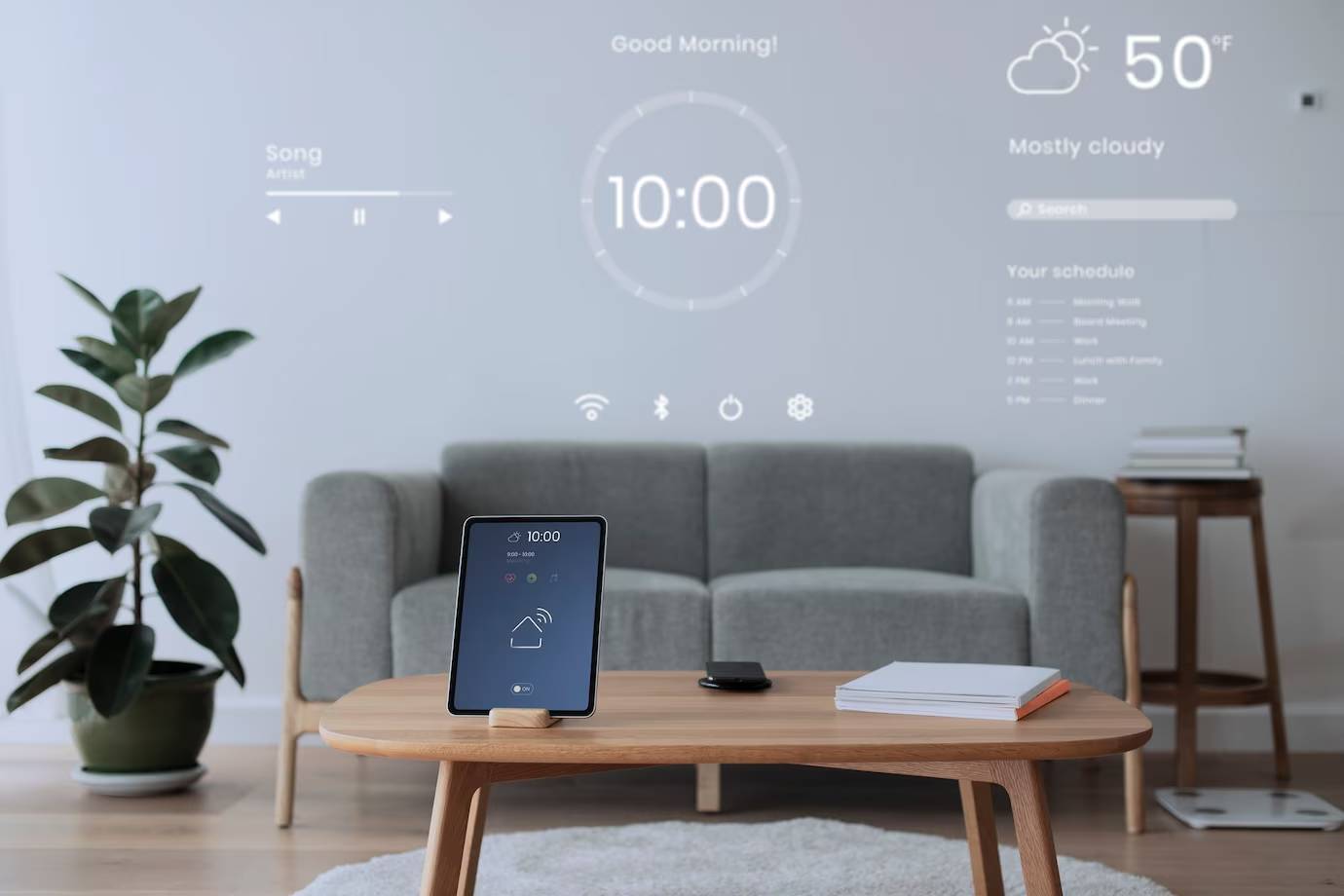
Using Motion Sensors for Automated Home Protection
Today, technology is part of our daily lives. The idea of a smart home is now a reality. Motion sensors are key components of smart homes. They boost automated security systems. These sensors help monitor homes, providing peace of mind. They also deter potential intruders. This article explores the importance of motion sensors in home security. We’ll look at their benefits, uses, and common mistakes to avoid.
Motion sensors are no longer just a luxury. They are now crucial for home security systems. These sensors help protect your home by alerting you to movement inside or outside. Thanks to technology, they have improved a lot. They can now connect with other smart devices. They allow remote monitoring and send real-time alerts. This blog will show why motion sensors are a smart choice for homeowners who care about security.
Key Benefits of Motion Sensors in Smart Home Security
Enhanced Security and Peace of Mind
Motion sensors detect movement in specific areas. They can trigger alarms or send alerts to homeowners. This feature is crucial for security systems. It allows fast responses to potential threats. Motion sensors work with cameras and alarms. Together, they form a complete security network. This network provides 24/7 protection. Knowing your home is monitored while you’re away brings peace of mind.
Energy Efficiency and Cost Savings
Motion sensors are the unsung heroes of energy savings. These smart devices light up only when they sense movement. They tell the lights to stay off when not in use. By cutting out waste, they gently nurture the environment and your wallet. Over the months, the impact multiplies, leading to notable savings on utility bills. Pairing motion sensors with smart thermostats creates a dynamic duo for managing comfort. Together, they sync systems to know who’s home, smartly adjusting heating and cooling.
Convenience and Automation
Motion sensors make daily life easier by automating routine tasks. For example, they can turn lights on or off when you enter or leave a room. This means you don’t have to do it manually. They also work with other smart home devices like smart locks and blinds. This creates a smooth and easy user experience. By making your home more responsive, motion sensors improve how a smart home works.
Real-Life Applications of Motion Sensors

To truly appreciate how motion sensors improve home security, we must look at their uses. They deter burglars and enhance convenience. These devices serve many needs.
Outdoor Security
Installing motion sensors around your property helps deter intruders. When they detect movement, they can trigger outdoor lights or alarms. This makes your home seem occupied and discourages unwanted visitors. Linking motion sensors to outdoor cameras helps you see and record suspicious activity in real-time.
Indoor Monitoring
Motion sensors can be placed in key areas of the home. These include entry points, hallways, and living spaces. This setup detects unauthorised movement right away. It allows for quick action. For families with young children or elderly members, motion sensors add safety. They alert caregivers to any unusual activity.
Personalised Home Automation
Motion sensors can do more than provide security. They can also help with home automation. For example, you can set them to change lighting and temperature based on who is home. This creates a comfortable environment tailored to individual needs, boosting convenience and improving energy efficiency.
Additional Expert Tips & Common Mistakes to Avoid
Motion sensors have many benefits, but they also have limits. It’s key to know these limits and avoid common mistakes. This way, you can ensure they perform their best.
Best Practices for Installing Motion Sensors
- Place motion sensors where people walk a lot or at entry points. This helps cover more area. Avoid placing them near windows or heat sources, as these can cause false alarms.
- Clean and test motion sensors regularly to keep them working well. Dust and debris can affect their performance, causing false alarms or missed detections.
- Connect motion sensors with other smart home devices to maximize their benefits. Use cameras, alarms, and lighting systems to build a strong security network that boosts protection.
Common Mistakes to Avoid
- Don’t Rely Too Much on Technology: Motion sensors are suitable for home security. But don’t let them be your only line of defence. You should also use other security measures, like locks and cameras.
- Consider Privacy: When installing motion sensors, consider everyone’s privacy. Place sensors in spots that respect personal space, and make sure people know about your presence. Neglecting updates and upgrades is a mistake. Technology is always changing, so it’s important to keep motion sensors updated with the latest software. This ensures that they remain effective and compatible with other smart devices.
Advanced Insights into Motion Sensor Technology

The demand for smart home security is rising. New motion sensor technology is leading to better and more reliable systems.
Passive Infrared (PIR) Sensors
PIR sensors are the most common motion sensors in home security systems. They sense changes in infrared radiation, which comes from warm objects like humans and animals. PIR sensors can accurately detect movement in a given area by measuring changes. Their reliability and cost-effectiveness make them a popular choice for homeowners.
Microwave Sensors
Microwave sensors work by sending out microwave pulses. They measure the reflection from moving objects. Unlike PIR sensors, they cover larger areas. They are less affected by environmental factors. However, they tend to be more expensive and may need professional installation.
Dual-Technology Sensors
Many modern motion sensors combine PIR and microwave technologies. This helps reduce false alarms and increase accuracy. These dual-technology sensors combine the strengths of both systems. This makes for a stronger and more reliable home security solution.
Smart Integration and AI
The merge of artificial intelligence (AI) with motion sensors is changing home security. AI sensors can analyze movement patterns. They can tell the difference between a pet and an intruder. This smart tech reduces false alarms and makes security systems work better.
Conclusion: Using Motion Sensors for Automated Home Protection

Motion sensors are key to any smart home security system. They boost security, energy efficiency, and convenience. This makes them a great choice for automated home protection. As technology improves, motion sensors will also improve. This means more benefits for homeowners.
Using motion sensors in your home security plan is a smart move to protect your property and loved ones. By knowing how they work, best practices, and possible issues, you can boost their effectiveness, allowing you to feel secure in your home. When looking into smart home monitoring, remember that the best security systems blend tech with traditional methods.
In the changing world of home security, motion sensors are key for protecting what you care about. If you’re updating a system or starting fresh, consider how motion sensors can help make your home safer and smarter.


